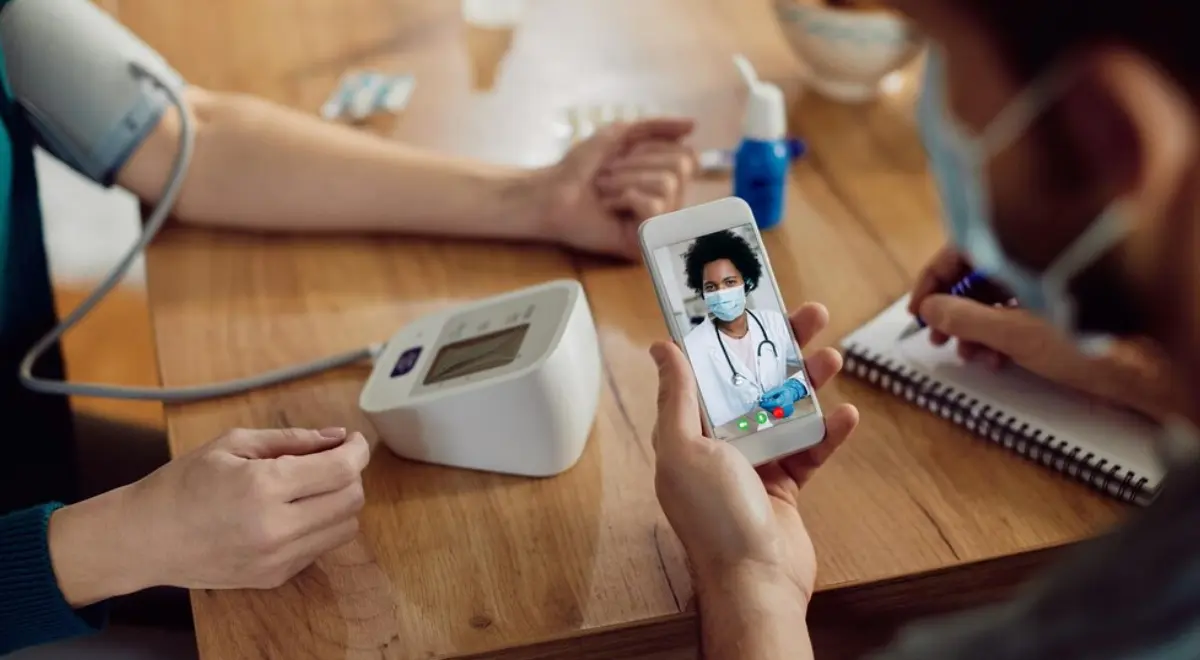Remote Care Reimbursements With Commercial Insurance

Novel changes by the Centers for Medicare and Medicaid Services (CMS) have led the way to a promising future of Remote Patient Monitoring (RPM). The implementation of new codes by CMS has provided substantial reimbursement opportunities for RPM. Federal support had been a major barrier in the effort to bring RPM to the patients who needed it most. But with the new CMS reimbursements, physicians can easily make an average reimbursement of $133 per patient per month.
This suit has started being followed by Medicaid and Private Commercial Insurance. States like Arizona, Virginia, and a few others have already passed laws requiring all state Medicaid and commercial insurance companies to cover RPM. Moreover, there are approximately 90 bills currently before the State legislature to address telehealth and remote patient monitoring reimbursement throughout the US.
What are Supplemental Insurances and why are they important for RPM?
Supplemental or Commercial Insurance is an additional insurance plan that helps pay for healthcare costs that are not covered by a person’s regular health insurance plan. These costs include copayments, coinsurance, and deductibles. There are many different types of supplemental health insurance, including hospital, accident, disability, long-term care, and Medicare supplemental plans.
CMS has added new codes to change the way physicians are reimbursed for Remote Patient Monitoring (RPM). These codes offer reimbursement for set up, data review, and equipment costs. However, Medicare only covers 80% of the reimbursement amount and the rest 20% are co-pays which the patients or the doctors need to bear. If the patients have commercial/supplemental insurance, the coverage of the co-pays can be provided by these insurance companies.
Who are the supplemental insurance providers?
Private Insurance Providers have taken the initiative of hassle-free RPM reimbursements. These providers include Humana, Aetna, Cigna, United Healthcare, Mutual of Omaha, State Farm, Blue Cross Blue Shield, ManhattanLife, Transamerica, and so many more.
With the arrival of Private Insurances in the mix, the revenue-generating opportunity of the practices and medical groups has increased ten-folds, which was earlier just reliant on Medicare’s support.
Healthcare Practices: The Real Winners
The growing elderly population and increasing patients with chronic conditions have made it impossible to maintain the standards of quality healthcare while also catering to multiple patients at once. This has gone hand in hand with the increased revenue possibilities for the medical groups & practices, who earlier had to pay 20% co-pays from their pockets.
Also read about, How to increase practice revenue with chronic care management software.
FAQs
1. What are the examples of supplemental health insurance?
Examples of supplemental health insurance include critical illness, disability, long-term chronic illness, medicare supplement plans, etc.
2. Who are the best supplemental/commercial insurance companies in 2021?
- Aetna
- Cigna
- Mutual of Omaha
- Manhattan Life
- Bankers Fidelity
- Blue Cross Blue Shield
- Western United Life
- United Healthcare
3. How much do Supplemental Insurance pay for RPM in the case of Medicare patients?
In the case of Medicare patients, under usual circumstances, 80% of the amount is paid by Medicare and the remaining 20% is paid by the supplemental insurance if it happens to cover the provided service.
4. What costs does Supplemental Insurance cover?
Supplemental Insurance costs can cover:
- Your Medicare deductibles
- Your coinsurance
- Hospital costs after you run out of Medicare-covered days
- Skilled nursing facility costs after you run out of Medicare-covered days
5. How does supplemental insurance work?
The patients pay a monthly premium for their supplement plan (also called Medigap). In return, the plan pays most of your out-of-pocket expenses. So when you go to the doctor, for example, you don’t have to pay the 20 percent coinsurance required by Medicare, instead, Medigap covers it for them.
Conclusion
The Supplemental Insurances took some time to come into the picture. But, their precise and quick action in reimbursing to the physicians has added a new dimension to the already impressive Remote Patient Monitoring. However, a trusted partner to automatically generate and submit RPM reports every month along with thorough documentation to get the reimbursements processed is a must. That’s where HealthArc with its cutting-edge technology and easy-to-use interface for both patients and providers comes into the picture.
Schedule a demo today to learn more about RPM Reimbursements and the role of Supplemental Insurance.
Most recent blogs
Categories
- Advanced Primary Care Management
- Behavioral Health Integration
- Cellular Remote Patient Monitoring
- Chronic Care Management
- Chronic Care Management Billing
- Chronic Care Management CPT Codes
- Chronic Care Management Program
- Chronic Care Management Software
- Digital Health Platform
- Principal Care Management
- Principal Care Management CPT Codes
- Remote Care Programs
- Remote Monitoring Devices
- Remote Patient Care
- Remote Patient Monitoring
- Remote Patient Monitoring Billing
- Remote Patient Monitoring CPT Codes
- Remote Patient Monitoring Devices
- Remote Patient Software
- Remote Therapeutic Monitoring
- Remote Therapeutic Monitoring Billing
- Remote Therapeutic Monitoring CPT Codes
- Telemedicine & RPM
- Transitional Care Management
- Transitional Care Management Billing
- Transitional Care Management CPT Codes
Related Posts
- February 21, 2025 | Read Time: 5 mins
RPM’s Role in Identifying Early Symptoms of Chronic Conditions for Prevention
- February 14, 2025 | Read Time: 4 mins
Monitoring Post-Surgical Recovery With RPM Systems
- February 10, 2025 | Read Time: 5 mins






